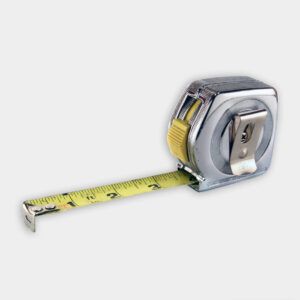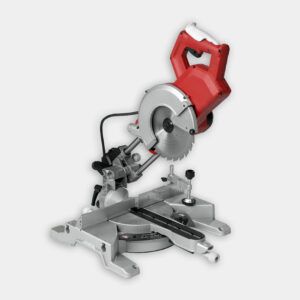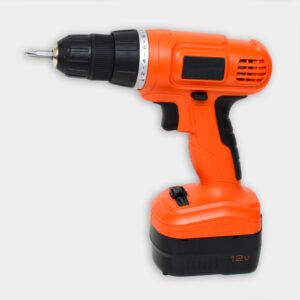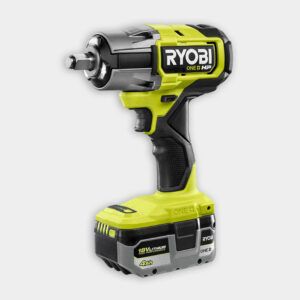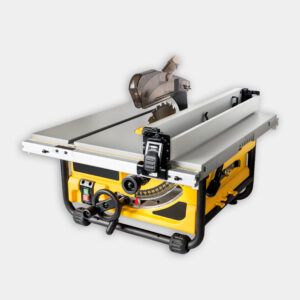We may be compensated if you purchase through links on our website. Our team is committed to delivering honest, objective, and independent reviews on home products and services.
Project details
Skill
Cost
Estimated Time
Building a compost bin is a simple DIY project that can benefit both the environment and your garden. In the video above, This Old House landscape contractor Jenn Nawada and carpenter Nathan Gilbert show how to build a large-scale compost bin for a school garden project.
If you’re willing to build a bin like this for your neighborhood school, we tip our hats to you. But if you’re looking to build a compost bin for your home, this guide can still help you. While their design is too large for most homes, you can easily adapt these principles to build a compost bin that suits your needs.
Choosing the Right Location and Size for a Classroom Compost Bin
Before starting your compost bin project, decide where you’ll put it and how big you want it. When choosing a location for your compost bin, consider these factors:
- Accessibility: You’ll want to place the bin in an easy-to-reach area to make it convenient to add refuse and remove finished compost. This will encourage regular use.
- Drainage: Make sure the spot has good drainage to prevent waterlogging. Poor drainage can lead to soggy compost, which slows decomposition and causes unpleasant odors.
- Sun exposure: A partially shaded area is best, as it helps retain moisture without overheating the compost. Too much sun can dry out the compost, while too little can impede microbial activity.
The size of your compost bin depends on the amount of organic waste you generate and available space. For most home gardens, a 3-by-3-by-3-foot bin is sufficient. This size allows for good heat retention and airflow, which are vital for efficient composting.
Schools or community gardens will need larger bins to handle more substantial waste accumulation. The bin in the video above is 6 feet long by 4 feet wide by 3 feet tall.
Materials and Tools Needed To Build a Compost Bin
To build a sturdy and long-lasting compost bin, you’ll need the following materials and tools. Use high-quality materials like cedar lumber, which is naturally rot- and pest-resistant, to help your compost bin withstand the elements and frequent use.
Materials
- Cedar lumber (2x6s, 4x4s, and 1x6s)
- Exterior-grade brad nails
- Exterior-grade plywood
- Nailing cleat
- Piano hinge
- Stainless steel screws
Tools
Building the Compost Bin Frame
Creating a strong frame is the foundation of a well-built compost bin. Follow these steps to build the frame:
- Cut the 2×6 cedar boards to the desired length for the bin’s back and sides.
- Assemble the frame by attaching the side boards to the backboards using screws.
- Install 4×4 posts in the back corners for added stability.
- Continue adding boards to the sides and back, using spacers between each board for consistent spacing and airflow.
- Pre-drill screw holes to prevent wood splitting and ensure a more durable structure.
Pro tip: Pre-drill the screw holes to prevent the wood from splitting, creating a more durable structure.
Creating the Front Panels of the Compost Bin
The front panels of your compost bin should be removable for easy access. Here’s how to create them:
- Cut two pieces of 2×6 cedar to the overall bin height for each front corner.
- Rip one of the 2x6s to 2-1/2 inches wide, leaving the other cut-off side at 3 inches wide.
- Fasten the 2-1/2-inch piece in the center of the full-width 2×6, aligning the 3-inch-wide piece to create a 1/2-inch overhang.
- Repeat this process for the other corner and create a third channel post for the middle.
- Cut the front panels to fit between the channels, sanding the edges lightly to help them slide easily.
Adding the Compost Bin Top and Finishing Touches
A well-designed top maintains correct moisture levels and temperature in your compost bin. Follow these steps to create and install the top:
- Cut a piece of exterior-grade plywood to cover the entire compost bin.
- Divide the plywood sheet in half and attach a piano hinge to both sides.
- Sand any rough edges to prevent splinters and improve the bin’s appearance.
In the video, Gilbert demonstrates how to create a hinged top that allows students and teachers to flip open one side at a time for easy filling without fully opening the bin.
Enhancing Your Compost Bin with Custom Features
To make your compost bin even more effective and user-friendly, consider adding custom features:
Dividers
Installing dividers within your compost bin can help manage different stages of composting. Divide the bin into sections to separate fresh materials from partially decomposed and finished compost. This system allows for easy rotation and access to ready-to-use compost.
Aeration Pipes
Adding aeration pipes to your compost bin can improve airflow and speed up decomposition. Insert perforated pipes vertically into the compost pile to enhance oxygen circulation. This simple addition can boost the efficiency of your composting process.
Rainwater Collection
Integrating a rainwater collection system with your compost bin can provide a sustainable water source for maintaining proper moisture levels. Install a rain barrel near your compost bin to collect and store rainwater, which you can use to water your compost pile and garden.
Compost Bin Maintenance Tips
Maintaining your compost bin is essential for its longevity and effectiveness. Regularly inspect the bin for any damage or wear and repair as needed, and ensure the lid is secure to prevent pests from accessing the compost.
Clean the bin periodically to remove any buildup of residue or mold, and rotate the compost materials to promote even decomposition and prevent compacting.
Proper Composting Techniques
Building the bin is just the first step. For successful composting, maintain a proper balance of green and brown materials:
- Green materials: Grass clippings, fresh leaves, and kitchen scraps (excluding meat, dairy, and oils)
- Brown materials: Dry leaves, twigs, and paper products
The ideal ratio is three parts brown to one part green materials. This balance encourages effective decomposition and minimizes odors. To ensure your compost breaks down efficiently, follow these best practices:
- Turn the pile regularly to aerate it and distribute moisture evenly.
- Monitor moisture levels, keeping the pile as damp as a wrung-out sponge.
- Add water if the pile becomes too dry or more brown materials if it becomes too wet.
- Chop larger materials before adding them to the bin to speed up decomposition.
Our Conclusion
Building a compost bin for a classroom or home garden is a rewarding project that promotes sustainability and creates valuable soil for plants. By following the steps in the video above and in this guide, you can create an efficient system that benefits both your garden and the environment.
